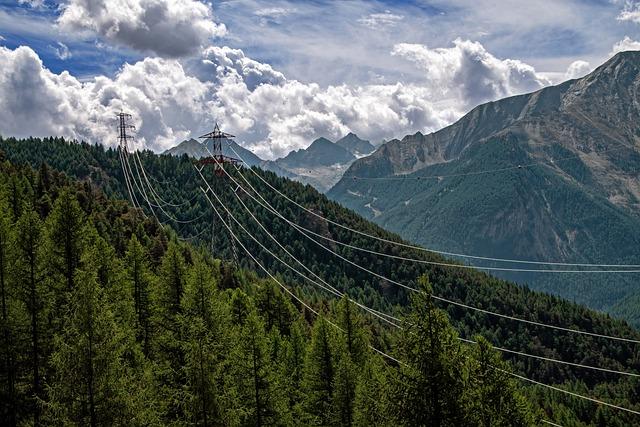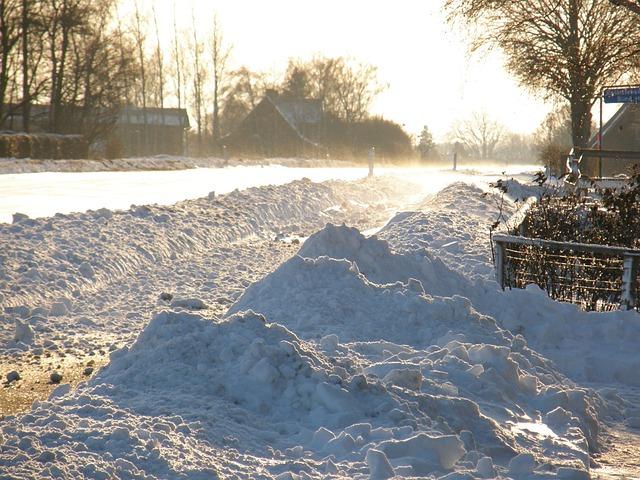As urban environments become increasingly noisy, the use of trees as natural sound barriers has gained attention for their ability to reduce noise pollution. Studies have shown that dense, tall tree canopies of large-leaved species can effectively diminish noise from various sources, providing a more serene environment for residents [1]. Homeowners have also found success in utilizing plants like trees, shrubs, and vines to buffer noise, highlighting the importance of thoughtful design in maximizing their noise-reducing potential [2]. Trees, in particular, have shown a preference for absorbing high-frequency noise over low frequency, making them an ideal option for sound mitigation in urban settings [3]. In this article, we will delve deeper into the effectiveness of utilizing trees to reduce noise pollution and explore how strategic tree planting can contribute to creating quieter and more peaceful communities.
When it comes to reducing noise pollution, trees play a crucial role in creating a peaceful environment. Trees absorb high-frequency sounds effectively, making them ideal sound barriers in urban settings[3]. Choosing the right types of trees can significantly enhance their noise reduction capabilities. For maximum effectiveness in reducing noise, consider planting evergreen trees such as pine, spruce, or holly, as their dense foliage provides excellent sound absorption[1].
Strategic placement of trees is key to maximizing noise reduction benefits. Creating a dense tree belt, preferably 16 feet deep, can effectively reduce sound by scattering it through stems and branches[2]. Planting “noise buffers” composed of trees and shrubs along roads or highways can decrease noise levels by five to ten decibels for every 30 meters width of woodland, especially dulling sharp tones[2].
For maintenance tips to ensure effective tree-based noise reduction, regular pruning to maintain tree health and density is essential. Additionally, watering, fertilizing, and inspecting for any signs of disease or pests are crucial for the longevity and effectiveness of noise reduction capabilities[1]. Incorporating trees into urban planning for noise reduction not only enhances the aesthetic appeal of the environment but also contributes to a quieter and more peaceful urban landscape.
Q&A
Q: How can trees help reduce noise pollution?
A: Trees play a significant role in reducing noise pollution through sound absorption. Specifically, tree parts such as thick branches, leaves, and wood effectively absorb sound waves, thereby diminishing noise levels in the surrounding environment[2]. This natural process can contribute to creating a quieter and more peaceful atmosphere in urban or noisy areas.
Q: What types of land cover are effective for managing noise pollution besides trees?
A: In addition to trees, various types of land cover can also be effective in managing noise pollution. Research has shown that mixed broadleaf plantings that are at least 25 feet thick or conifers that are 50 to 100 feet thick can reduce noise levels by up to 10 decibels, offering significant noise attenuation benefits[1][3]. By incorporating a variety of vegetation types into landscaping plans, noise pollution can be effectively mitigated.
Q: How does the interaction of land cover impact noise attenuation?
A: The effectiveness of noise attenuation varies based on the interactions of different land cover types. While trees, forests, and shrubs have long been known for their ability to manage noise pollution, recent findings suggest that other types of land cover also play a role in noise reduction[1]. By understanding how different vegetation interacts and influences sound waves, urban planners and environmentalists can strategically design green spaces to optimize noise attenuation and create more tranquil environments.
Conclusion
the benefits of utilizing trees to reduce noise pollution are significant and well-documented in various studies. The presence of different tree species, such as broad-leaved and coniferous trees, has been shown to effectively lessen the impact of noise pollution, providing a natural and sustainable solution to this environmental issue [1]. Additionally, vegetation barriers and sound walls have been proven to not only mitigate noise but also help in reducing near-road air pollution, emphasizing the dual benefits of such green infrastructure [2]. The long-lasting effects of noise on plants, as demonstrated by the reduction in tree growth in noisy environments, further underscore the importance of incorporating greenery in urban planning to combat noise pollution [3]. the use of trees and vegetation as natural tools in noise reduction strategies presents a sustainable and eco-friendly approach to creating healthier and more peaceful environments.
Simpsons Tree Services, Servicing Melbourne’s North Eastern Suburbs
Book a quote online at www.simpsonstrees.com.au



